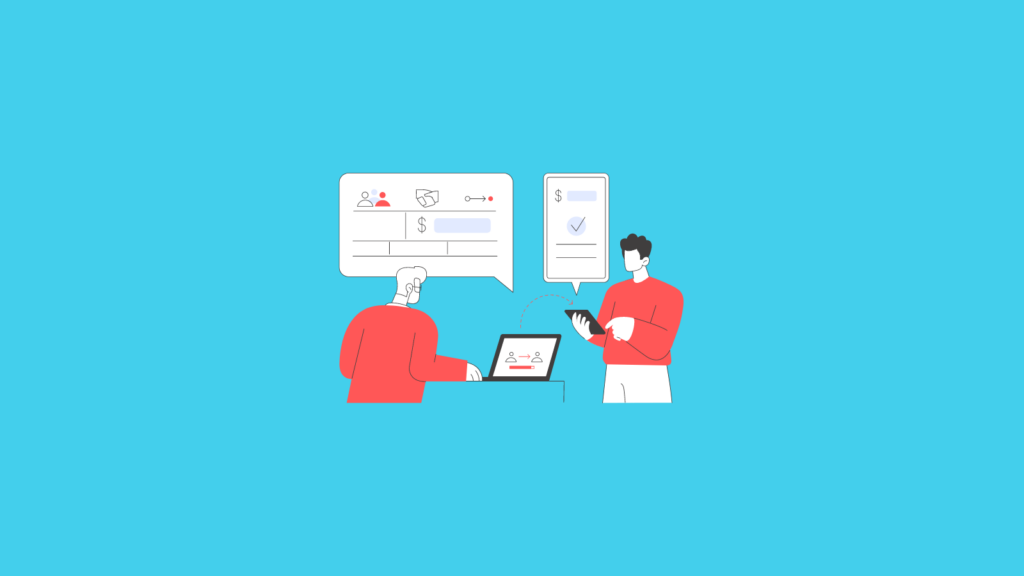Maximizing Operational Efficiency: How Non-Profits Can Benefit from Payroll Automation
Revolutionizing Non-Profit Administration through Automated Payroll Systems
In an era where operational efficiency is pivotal for non-profit organizations, payroll automation emerges as a transformative solution. This article delves into how non-profits can leverage payroll automation to streamline processes, reduce errors, and allocate more resources towards their core missions.
Introduction
Non-profit organizations operate in a unique sector of the economy, where every dollar saved on administrative costs can be redirected towards fulfilling their mission. These organizations face the dual challenge of managing their resources efficiently while ensuring compliance with regulatory requirements. Payroll, being a significant component of their operational expenses, presents an opportunity for optimization. Payroll automation stands out as a strategic tool that can enhance operational efficiency, ensure compliance, and ultimately support the broader goals of non-profits. This exploration into payroll automation for non-profits aims to uncover the benefits, best practices, and considerations for implementing automated payroll systems.
Chapters
1. Understanding Payroll Automation

Payroll automation refers to the use of software to manage, organize, and automate the process of paying an organization’s employees. It minimizes manual input, reduces the likelihood of errors, and ensures that employees are paid on time and in compliance with tax laws and other regulations. For non-profits, this technology not only simplifies financial management but also introduces a level of accuracy and efficiency that manual processes cannot match.
Key Features and Benefits
– Accuracy and Compliance: Automated systems reduce the risk of human error and ensure adherence to changing tax laws and regulations.
– Time and Cost Savings: By streamlining payroll processes, non-profits can reallocate resources towards mission-critical activities instead of administrative tasks.
– Enhanced Security: Payroll automation software often includes robust security features to protect sensitive employee data from breaches.
2. The Strategic Advantage for Non-Profits
For non-profit organizations, the strategic advantage of payroll automation lies in its ability to free up valuable resources. The efficiency gained through automation allows non-profits to focus more on their service delivery and less on the intricacies of payroll management.
Redirecting Resources to Core Missions
The primary benefit for non-profits is the ability to redirect savings and human resources towards their core missions. Payroll automation reduces the need for dedicated staff to manage payroll, thereby allowing non-profits to either reduce overhead costs or to redeploy staff to roles that directly support their mission.
Enhancing Donor Confidence
Operational efficiency, transparency, and compliance are key factors that influence donor confidence. By adopting payroll automation, non-profits can demonstrate their commitment to these principles, potentially attracting more funding and support.
3. Implementing Payroll Automation in Non-Profits

The transition to a payroll automation system requires careful planning and consideration. Non-profits must assess their needs, budget, and the specific features they require from a payroll system.
Steps for Successful Implementation
1. Needs Assessment: Identify the specific payroll and HR needs of the organization.
2. Vendor Selection: Choose a payroll system provider that offers the features and support tailored to non-profit operations.
3. Training and Transition: Ensure staff are trained on the new system and plan a transition period to migrate from the old system to the new.
Paystubs Generator: An Integral Tool
An effective payroll automation system for non-profits includes a paystubs generator, which automates the creation of accurate and compliant pay stubs for each pay period. This tool is essential for maintaining transparency with employees and ensuring that all deductions and contributions are correctly calculated.
4. Overcoming Challenges and Best Practices
While the benefits are clear, non-profits may encounter challenges in adopting payroll automation, such as initial costs, resistance to change, and the need for ongoing management of the system.
Best Practices for Success
– Invest in Training: Equip your staff with the knowledge and skills to use the new system effectively.
– Choose Scalable Solutions: Select a payroll system that can grow with your organization.
– Leverage Support: Utilize the customer support and resources offered by payroll system providers to navigate challenges.
Paystubs Generator: A Key to Transparency
Incorporating a paystubs generator within the payroll automation system enhances transparency and accountability, two values highly regarded in the non-profit sector. This feature ensures that employees have clear, detailed records of their earnings and deductions, fostering trust and satisfaction.
Conclusion
Payroll automation presents a significant opportunity for non-profits to enhance their operational efficiency, reduce costs, and allocate more resources towards their mission. By understanding the benefits, implementing best practices, and overcoming potential challenges, non-profits can effectively leverage payroll automation, including the use of paystubs generators, to transform their payroll processes. As non-profits navigate the complexities of operational management, embracing technological solutions like payroll automation will be crucial in their quest to maximize impact and achieve their goals.
Improve your Marketing with the Power of AI
See how you can start with AI Marketing and reach your goals faster than ever before. Check out the Tips, Strategies, AI Tools, Masterclass, Courses, and Community. Unleash the true potential of your brand with the help of AI.